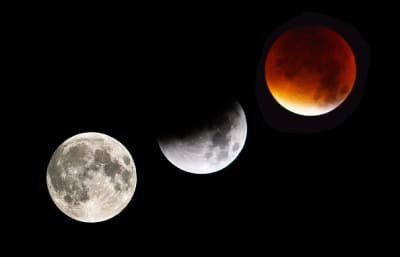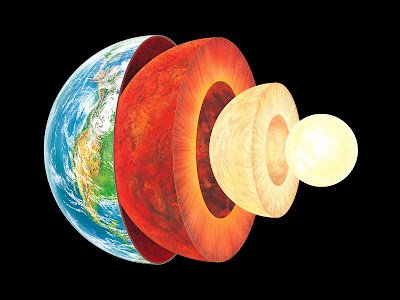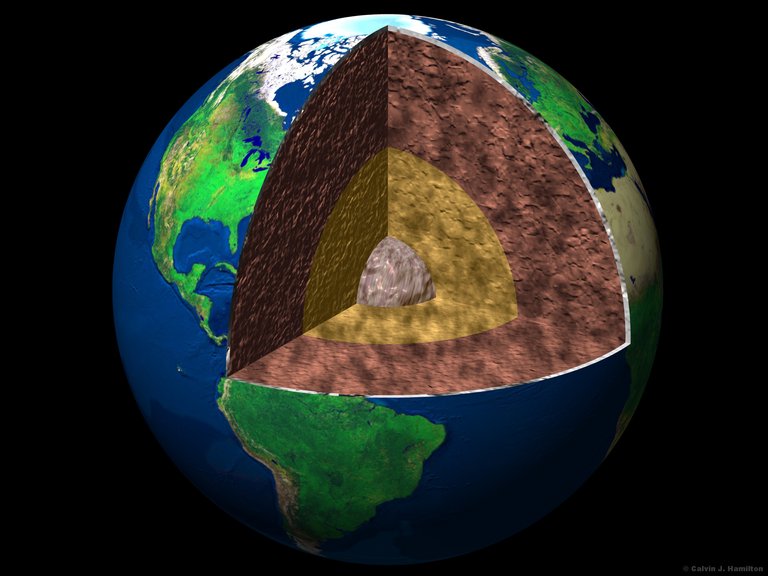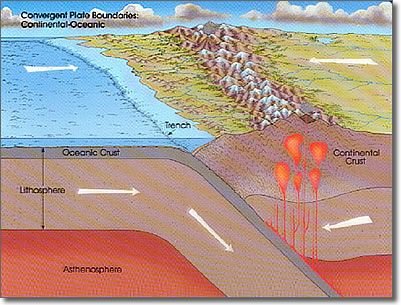Greetings to all the steemianos members and partners of this great platform, although the earth is where we live is the subject of much research, no doubt a world outside the natural life of humanity full of mysteries and many new things to explore and share. Many of us use this fantastic medium to share and analyze information of this type, which undoubtedly I liked a lot from the start.
The earth and its surroundings and spaces undoubtedly we already know that they are the producers of oxygen, life, light and other factors that help humanity to the correct performance of the activities you would say in all aspects, but always something to comment in a universe wonderful full of secrets that even many experts are light years away from discovering.
Let's know a little more what gives us life and that makes us enjoy each moment so much.
Here I bring you something to share with you passionate about our universe, I hope you like it, share and be part of high quality information
Formation of the earth:
When the dust particles collided, terrors formed that, attracted by gravity, created a fiery, melting sphere that turned.
The lighter metals rose to the surface of the sphere, which cooled sufficiently to form a hard shell.
They escaped gases from the planet and created an atmosphere, of clouds. The rain that fell formed oceans, where plants that produced oxygen were born.
Over time, the planet became the Earth we know, but it keeps changing.
The sun was formed when a nebula, a great cloud of gas and dust, was charged by the gravity around the new sun, turning hot clouds of dust and gases.
tear.

The Earth and its satellite, the moon rotate together in an elliptical orbit around the sun the approximate circumference of the earth's orbit is 938,900,000 km and our planet travels along it at a speed of about 106,000 km / h , the earth rotates on its axis once every 23 hrs, 56 minutes, 4.1 seconds therefore, a point of equator turns at a rate of a little more than 1,600 km / h and a point of the earth at 45 degrees of altitude N, it rotates at about 1,073km / h
movement of rotation and translation
The earth revolves around its axis as if it were a spinning top, from west to east, the time it takes to make a complete movement is what is defined as a day 24 hours, during this action, in the part of the planet oriented to the sun in a movement explains, then, that in all the earth there is always day and night
While the earth revolves around the sun that we all know, this movement is known as translation, each round lasts 365 days and allows us to define what is a year, the path that the planet follows in this movement is called orbit. Since the axis of the earth is included according to where the planet is along this movement, in the solar rays will illuminate with greater intensity the northern hemisphere, being then summer in this southern hemisphere. When solar radiation is lower in the south, the situation is reversed.

The eclipse
During the movement of translation it can happen that the earth is placed between the sun and the moon, causing that this is not illumination and I stopped seeing from the earth this situation is known as an eclipse of the Moon. When the moon is located between the Earth and the sun, the latter is no longer seen from Earth, then there will be an eclipse of the sun.

Interior of our planet earth
The interior of our planet is formed by 3 capable: the core in the innermost part, the mantle and the crust in the outermost zone. The nucleus extends from about 3,000 km deep to the center of the earth. The thickness of the crust under oceans and continents ranges between 10 and 70 km.

A different angle and perspective of our planet and its interior

Perspective from another angle of our planet
The layers of the earth
Only the earth's crust and the upper part of the mantle are a solid layer, formed by rocks, which together is called the lithosphere. This rests on the asthenosphere, a layer of fluid material called magma, belonging to the mantle and reaching about 250km depth. Sometimes this magma emerges to the surface through the volcanoes. The lithosphere is divided into several plates, called tectonic plates, which move slowly but forcefully over the fluid material of the asthenosphere. Thus, some of these plates are separated and others collide.
There are several things that can make the surface of the earth change over time. One of them is the movement of the earth's crust. The crust of our planet is the outer "skin" of the planet, and it has a depth of up to 50 km. The Earth's crust, including the continents, is formed by plates that are joined with pieces of a puzzle. These plates drift (move floating) very slowly (5 centimeters per year) through the earth's surface.

Reference:
Illustrated editorial on geography and earth sciences
It was a nice read, but the lack of references made it less enjoyable. I am very excited about your work if you cite your sources and use diagrams that are open access.